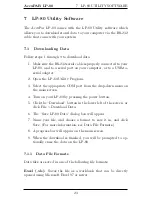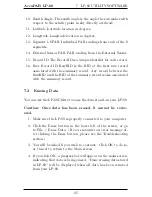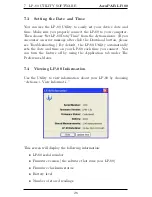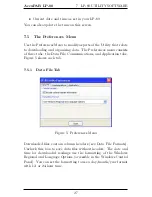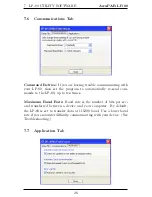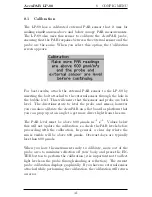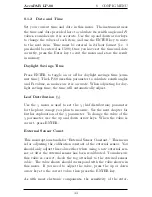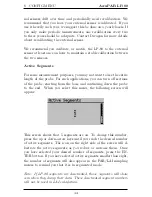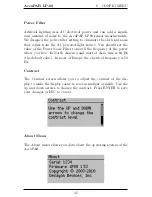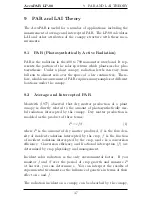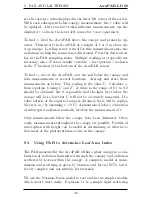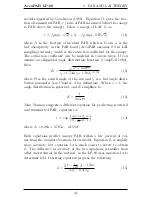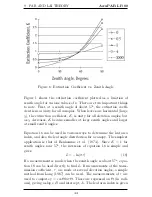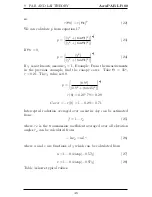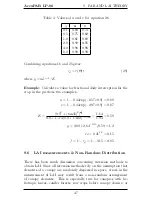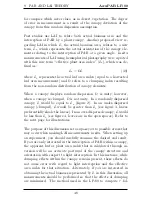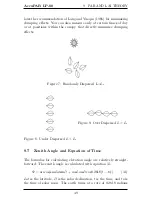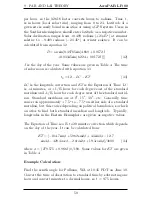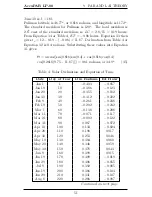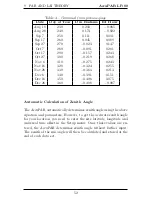
AccuPAR LP-80
9
PAR AND LAI THEORY
9
PAR and LAI Theory
The AccuPAR is useful for a number of applications, including the
measurement of average and intercepted PAR. The LP-80 calculates
LAI and other attributes of the canopy structure with these mea-
surements.
9.1
PAR (Photosynthetically Active Radiation)
PAR is the radiation in the 400 to 700 nanometer waveband. It rep-
resents the portion of the solar spectrum which plants use for pho-
tosynthesis. Under a plant canopy, radiation levels can vary from
full sun to almost zero over the space of a few centimeters. There-
fore, reliable measurement of PAR requires many samples at different
locations under the canopy.
9.2
Average and Intercepted PAR
Monteith (1977) observed that dry matter production of a plant
canopy is directly related to the amount of photosynthetically use-
ful radiation intercepted by the canopy. Dry matter production is
modeled as the product of three terms:
P
=
ef S
(1)
where
P
is the amount of dry matter produced,
S
is the flux den-
sity of incident radiation intercepted by the crop,
f
is the fraction
of incident radiation intercepted by the crop, and
e
is a conversion
efficiency. Conversion efficiency and fractional interception (
f
) are
determined by crop physiology and management.
Incident solar radiation is the only environmental factor.
If you
monitor
f
and
S
over the period of crop growth and measure
P
at harvest, you can determine
e
. You can interpret the results of
experimental treatments or the influence of genetics in terms of their
effect on
e
and
f
.
The radiation incident on a canopy can be absorbed by the canopy,
37

